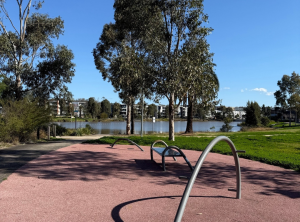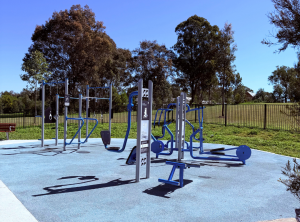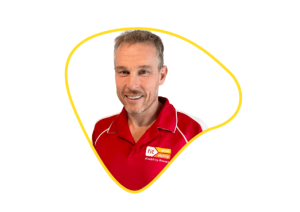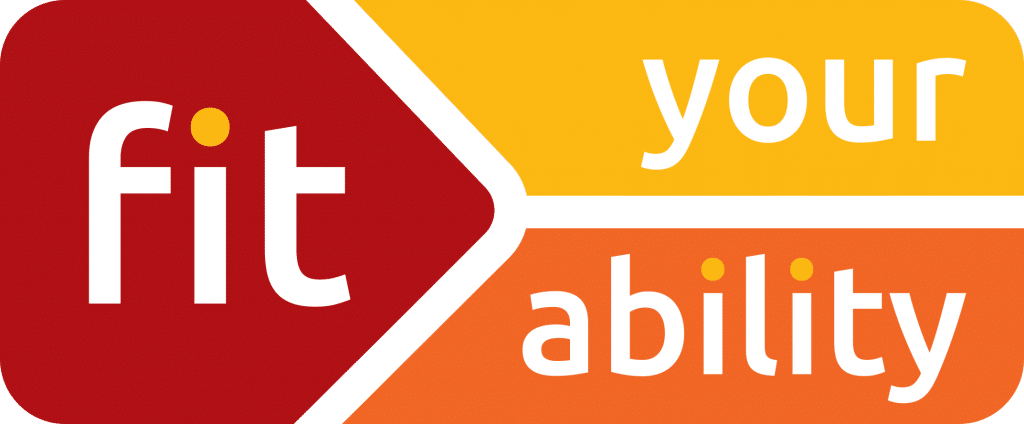Inclusive Personal Training for Cerebral Palsy
When Kimberlee walked into a public gym asking for help, she was met with silence and indifference. “I said to them, ‘I have a disability. Can you please help me? I don’t know what to do,’” she recalls. Instead of support, she was pointed to the equipment and left to figure it out on her own. The experience left her feeling hesitant, uncomfortable, and unsupported.
Everything changed when she found Fit Your Ability.
Kimberlee, who lives with cerebral palsy, came to us looking for more than just fitness—she wanted support, confidence, and to reconnect with the active life she once had. As a former Special Olympian and gold medal basketball player, she missed the joy of movement. From her very first private session, things felt different. “It was 100% private—just me and the Trainer. They actually listened and asked what I could and couldn’t do.”
“When I started, I couldn’t even pick up a basketball or grip a rod with my right hand. Now I can lift 20 kilos with my right hand, no assistance.” Her strength, balance, and endurance have all improved.
“Fit Your Ability has helped me regain not just physical strength, but belief in myself. They push you only to your limits—and they genuinely care.”
To anyone feeling unsure or nervous about training with a disability, Kimberlee says: “Come to Fit Your Ability. It’s 100% private, 100% supportive, and you’ll get real results.”
🎥 Watch the video below to hear Kimberlee’s inspiring story firsthand.
Related Posts

Inclusive Fitness in Jordan Springs Village Centre Lake
Inclusive Fitness in Jordan Springs Village Centre Lake If you’re looking for inclusive fitness options in Penrith, the Jordan Springs Village Centre Lake is the

David Currie Playspace: An Accessible Exercise Park in St Clair
David Currie Playspace: An Accessible Exercise Park in St Clair If you’re looking for an inclusive and accessible place to enjoy the outdoors in Western

Join Million Moves Now
Join Us for Million Moves 2025! Did you know 75% of Australians don’t get enough movement to meet the minimum exercise requirements?For people living with
